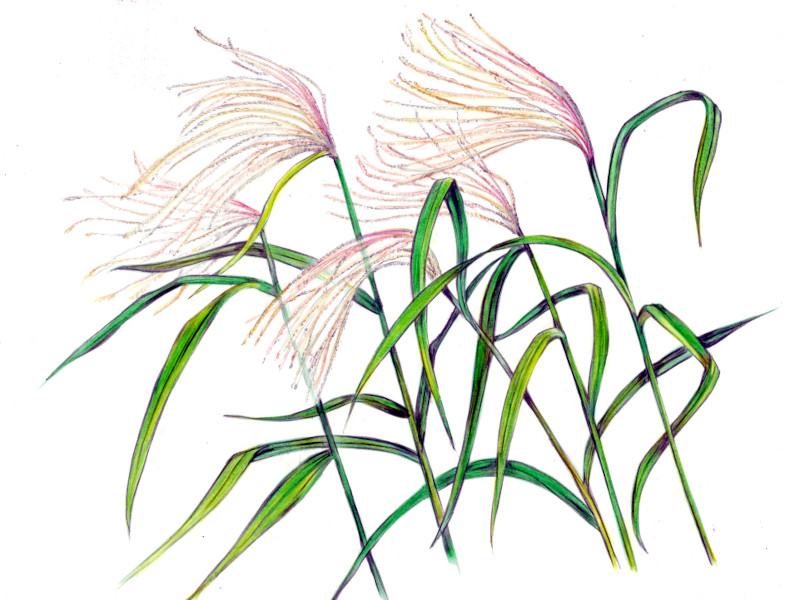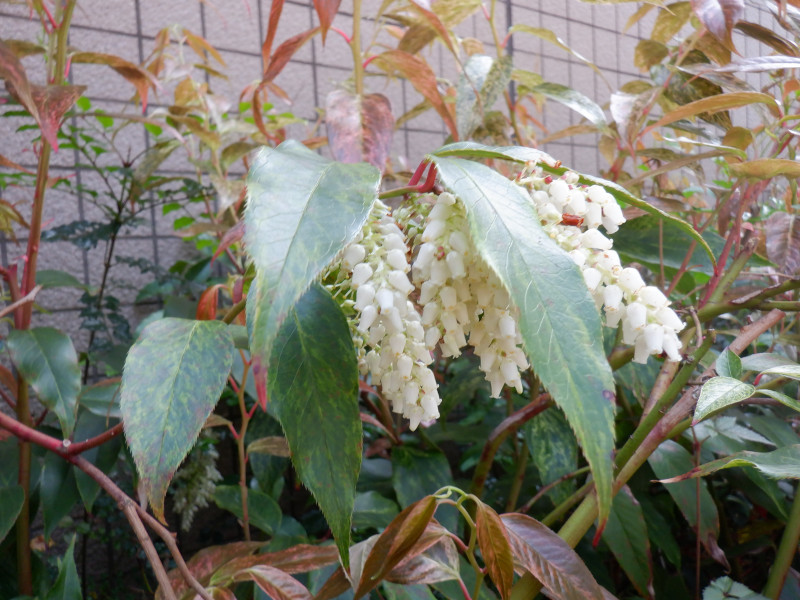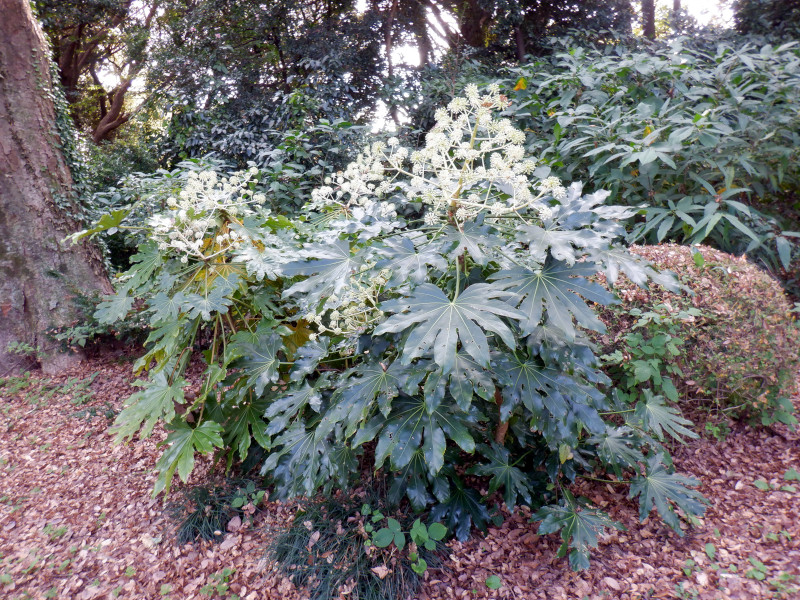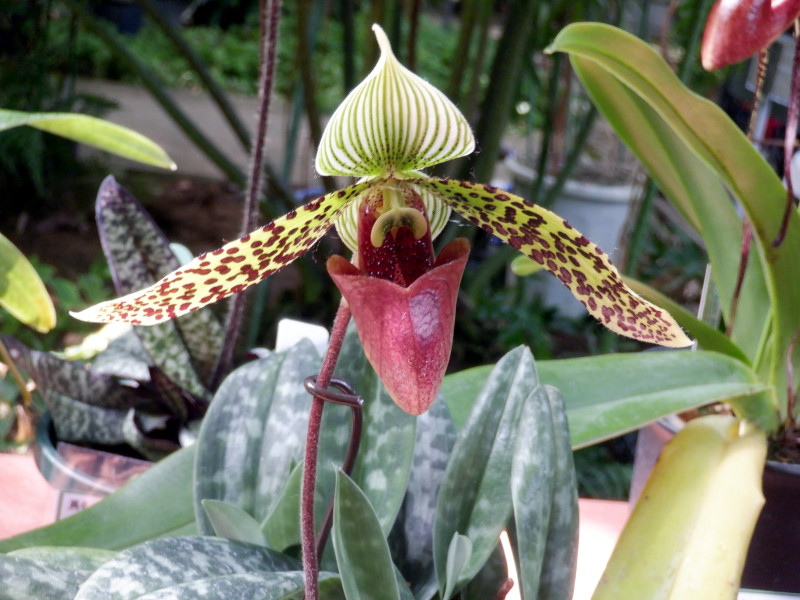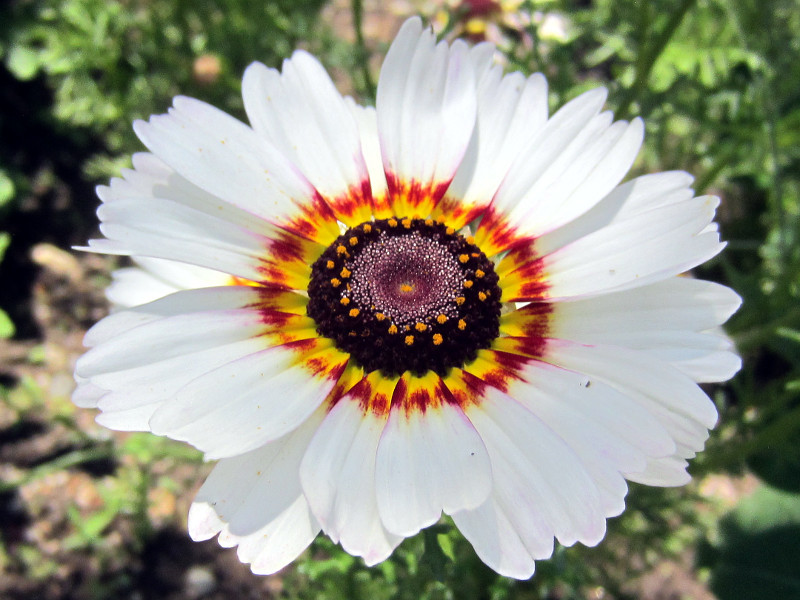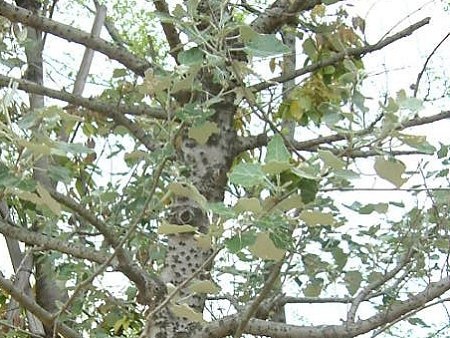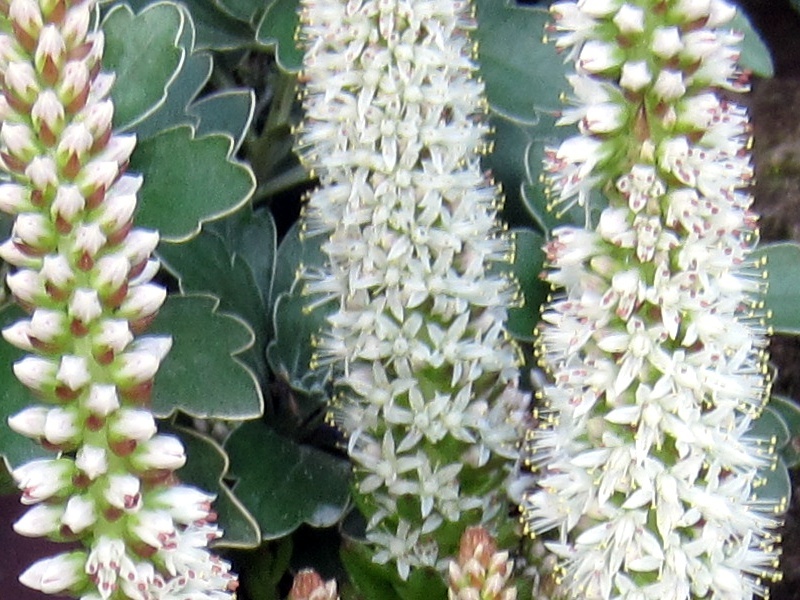Miscanthus sacchariflorus
- Flower nameMiscanthus sacchariflorus
- Scientific nameMiscanthus sacchariflorus
- AliasAmur silver-grass, 荻
- Place of originJapan, Korea, China, and Russia
- Place of floweringFields and footpaths, River, pond
- Flowering seasonSeptember, October
What is Miscanthus sacchariflorus
Miscanthus sacchariflorus, the Amur silvergrass or ogi(Japanese name) (scientific name: Miscanthus sacchariflorus) is a large perennial grass of the family Poaceae and the genus Miscanthus distributed in Japan, Korea, China, and Russia. It spreads by underground stems along riversides and other water bodies from Hokkaido to Kyushu. The grass is 1 to 2.5 meters tall. The stems are stiff, nodding, and glossy. The leaves are 40 to 80 cm long and 1 to 3 cm wide with a distinct central vein.
In September and October, it produces long, 25-40 cm long ears with numerous alternate small ears. The hairs of the small ears are pure white. M. sacchariflorus(ogi) is a herb similar to tall Miscanthus sinensis(susuki ), and its ears are softer and whiter than those of susuki (M. sinensis) and have longer hairs.
Common name: Ogi , scientific name: Miscanthus sacchariflorus, English name: Amur silver-grass, Origin: Japan, Korean Peninsula, China, Russia, Habitat distribution: Hokkaido - Kyushu, Living environment: riverbeds Living environment: riversides, abandoned rice paddies, roadside slopes, dry areas, grass height: 1-2.5 m, stem: stiff, nodding and glossy. Leaf length: 40-80 cm long, leaf width: 1-3 cm, leaf characteristics: distinct central vein, flowering season: September-October, ear length: 25-40 cm, hairs on small ears are pure white and numerous and alternate.
